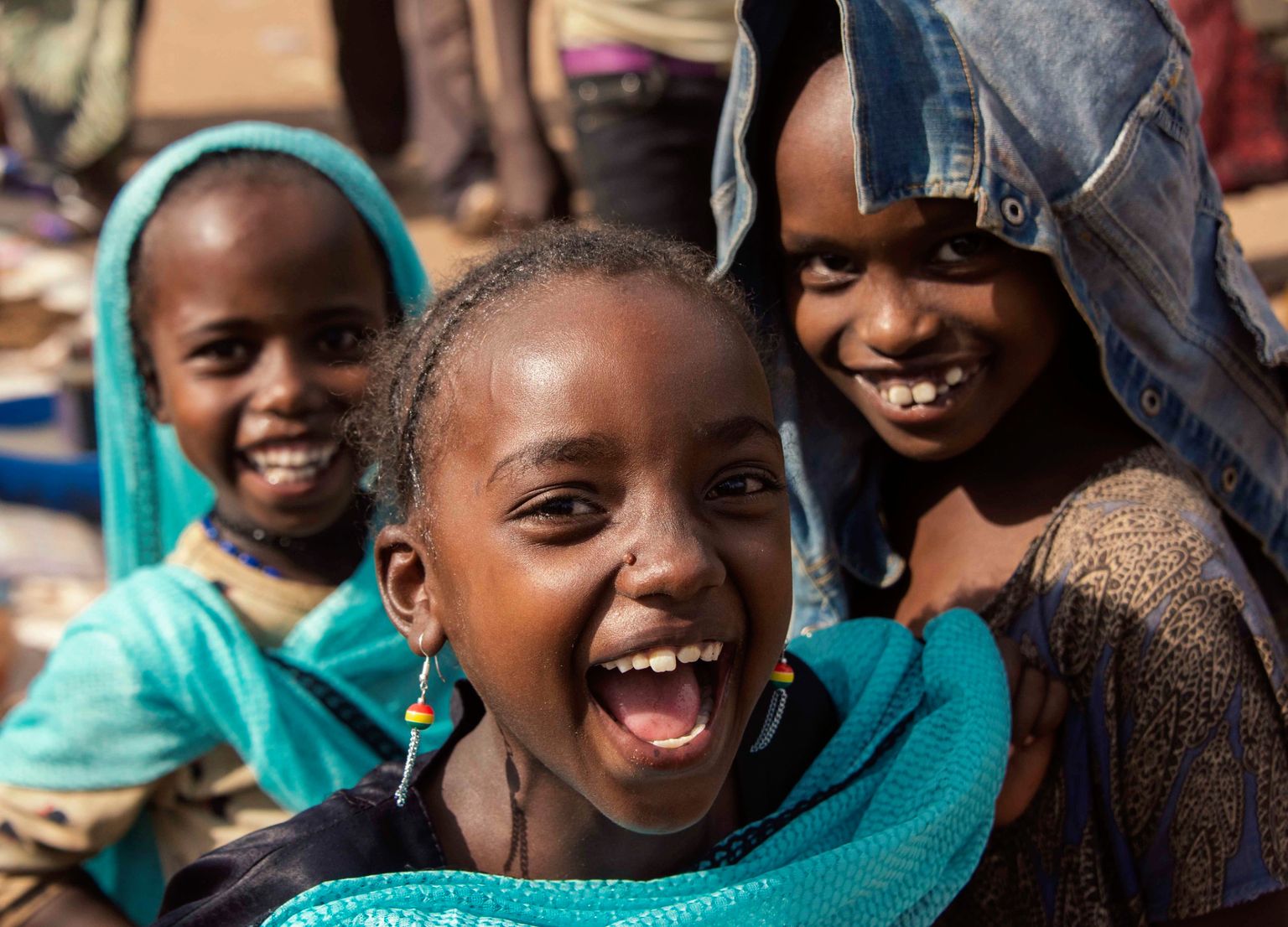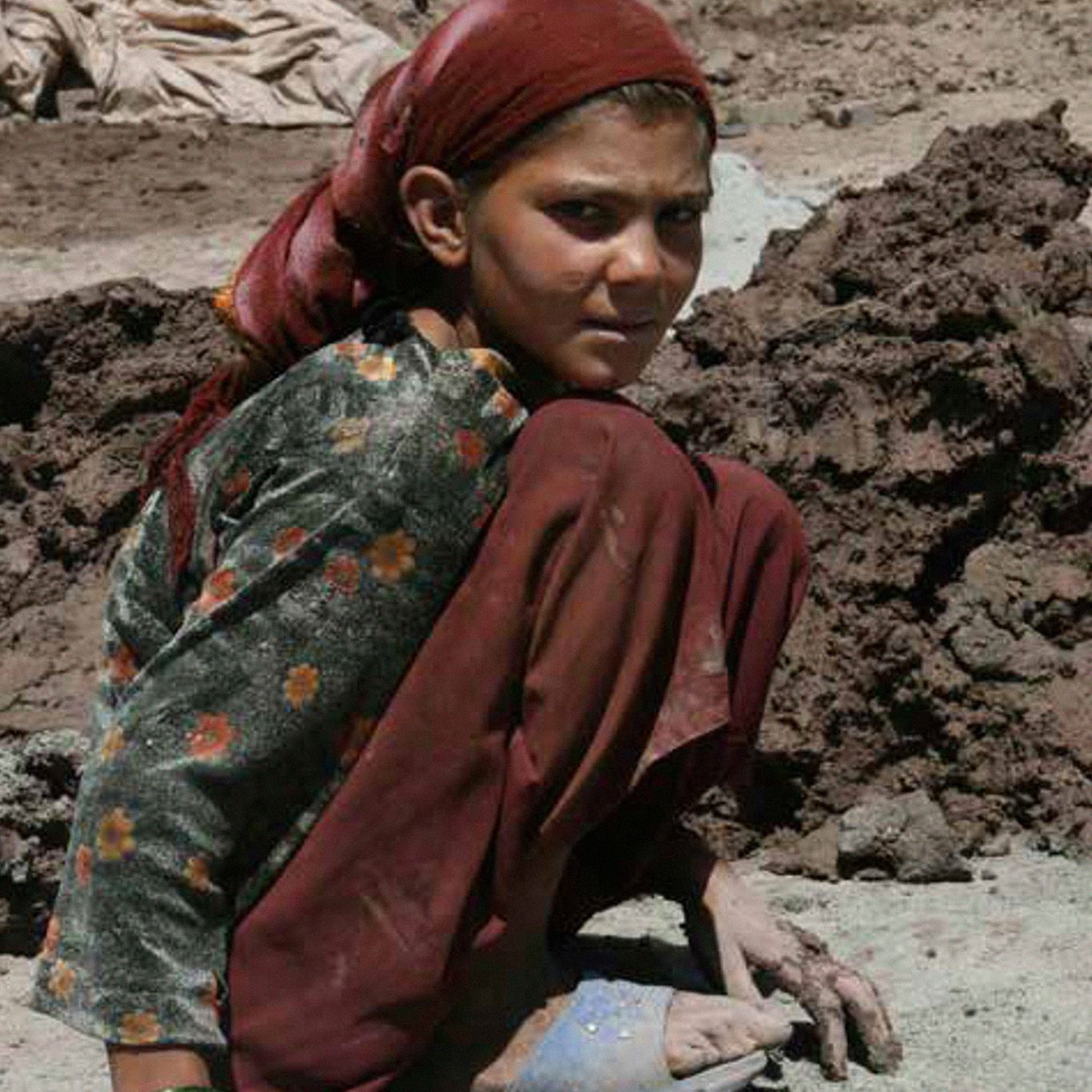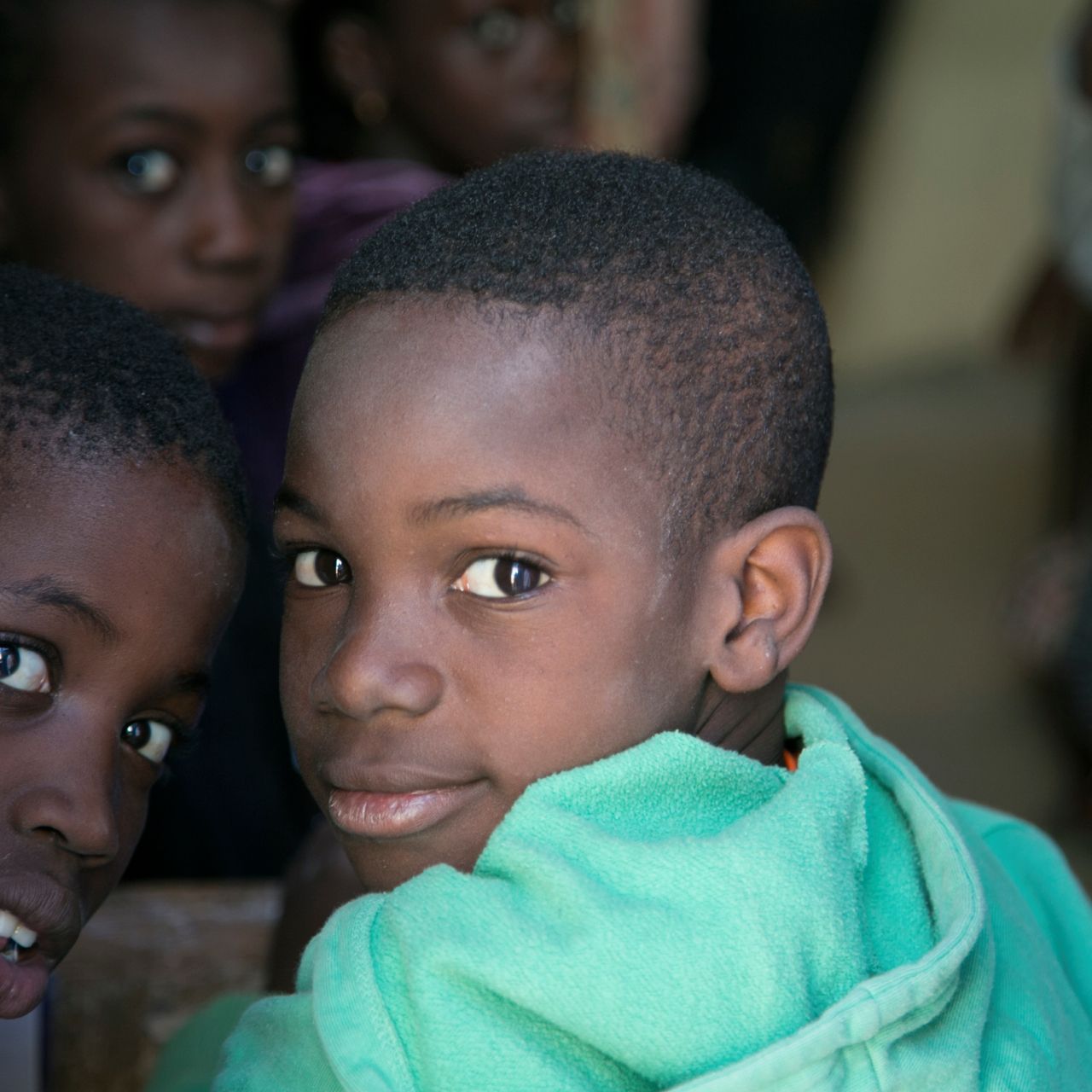... what will you do?
Understanding child labour can help us eliminate it.

The Global Estimates, explained
Did you know that, around the world, there are 160 million children aged 5 to 17 in child labour?
Chances are, it happens even where you live.
These children are often hidden in plain sight.
When you see it…
Understanding child labour can help us eliminate it.

The percentage of children in child labour remained unchanged over the four year period while the absolute number of children in child labour increased by over 8 million
This result is alarming. Global progress against child labour has stalled for the first time since the ILO began tracking it, two decades ago. Without urgent measures, the COVID-19 crisis is likely to push millions more children into child labour.
This is our reality check. We have a global commitment to end child labour by 2025. If we do not act now on an unprecedented scale, the timeline for ending child labour will stretch years further into the future.

Nearly half of children in child labour – 79 million of them – are performing hazardous work that directly endangers their health, safety or moral development
Hazardous work has persisted and expanded among younger children. This is particularly concerning, considering the common hazards that children are exposed to include harmful agrochemicals, physically strenuous tasks such as carrying heavy loads, exposure to extreme temperatures, use of dangerous tools, and worse.
Unfortunately, huge challenges still remain in Sub-Saharan Africa, where one in four children are involved in child labour
Reasons for the challenges are complex and are affected by demographic, economic, and development trends including poverty, a lack of access to free quality education, and a lack of decent work opportunities for parents and youth. The region, with support from the international community, needs to take steps to address these issues.
We need a breakthrough in Africa to meet the 2030 Sustainable Development Goals, especially Target 8.7, which states: “Take immediate and effective measures to eradicate forced labour, end modern slavery and human trafficking and secure the prohibition and elimination of the worst forms of child labour, including recruitment and use of child soldiers, and by 2025 end child labour in all its forms.”.

Everyone can do their part for children.
Policies that promote social protection programmes, like access to healthcare and income security, as well as policies that promote decent work and gender equality, could help reduce child labour worldwide.
If we work together, we could save millions of children who are currently in child labour, and millions more who are currently vulnerable.
We have to think big and have the courage to envision a world free from child labour and poverty, one that provides decent work and social protection for all.